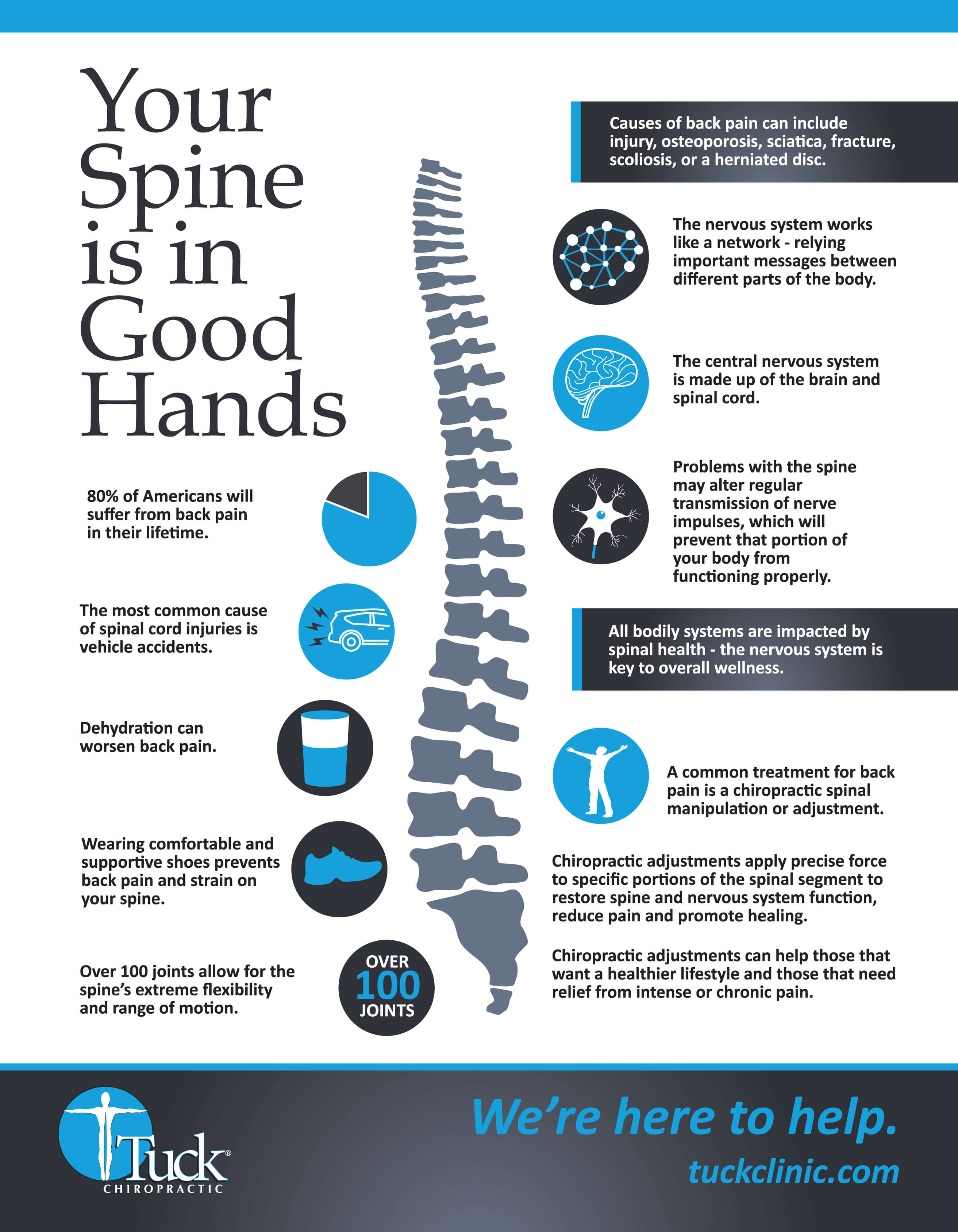Address Pain In The Back By Recognizing The Daily Regimens That Could Be Adding To It; Minor Changes Can Pave The Way To A Life Without Pain
Address Pain In The Back By Recognizing The Daily Regimens That Could Be Adding To It; Minor Changes Can Pave The Way To A Life Without Pain
Blog Article
Content Author-Snyder Harper
Preserving proper pose and avoiding usual risks in everyday tasks can significantly affect your back health and wellness. From how you sit at your desk to just how you lift hefty objects, little modifications can make a huge difference. Think of a day without the nagging pain in the back that impedes your every step; the option might be less complex than you assume. By making a couple of tweaks to your everyday practices, you could be on your method to a pain-free existence.
Poor Pose and Sedentary Way Of Living
Poor posture and an inactive way of living are two major contributors to pain in the back. When you slouch or hunch over while sitting or standing, you placed unnecessary pressure on your back muscular tissues and spine. This can result in muscular tissue discrepancies, tension, and eventually, persistent neck and back pain. In addition, sitting for long periods without breaks or physical activity can damage your back muscles and bring about tightness and pain.
To fight poor position, make a conscious effort to rest and stand up right with your shoulders back and aligned with your ears. Remember to keep your feet flat on the ground and avoid crossing your legs for extensive periods.
Integrating regular stretching and enhancing workouts right into your everyday regimen can likewise help boost your position and minimize back pain connected with a less active lifestyle.
Incorrect Training Techniques
Incorrect training methods can dramatically add to neck and back pain and injuries. When you raise heavy things, keep in mind to bend your knees and utilize your legs to raise, as opposed to relying on your back muscular tissues. Prevent twisting your body while lifting and keep the object close to your body to decrease strain on your back. It's essential to keep a straight back and avoid rounding your shoulders while raising to avoid unneeded stress on your back.
Constantly assess the weight of the things before raising it. If it's as well heavy, request aid or use equipment like a dolly or cart to transfer it safely.
Bear in mind to take breaks throughout lifting jobs to give your back muscles a chance to relax and stop overexertion. By carrying out chiropractor in chinatown lifting strategies, you can avoid pain in the back and lower the risk of injuries, ensuring your back remains healthy and strong for the long-term.
Lack of Regular Workout and Stretching
An inactive way of life without routine exercise and extending can substantially contribute to back pain and pain. When you don't take part in exercise, your muscular tissues become weak and inflexible, resulting in poor position and raised pressure on your back. click the up coming webpage enhance the muscular tissues that sustain your back, improving security and reducing the danger of neck and back pain. Integrating stretching right into your routine can also enhance adaptability, protecting against rigidity and pain in your back muscle mass.
To avoid pain in the back triggered by an absence of workout and extending, aim for at least half an hour of moderate physical activity most days of the week. Consist of workouts that target your core muscles, as a strong core can assist minimize stress on your back.
Additionally, take breaks to stretch and relocate throughout the day, particularly if you have a desk job. Simple stretches like touching your toes or doing shoulder rolls can help alleviate tension and prevent pain in the back. Prioritizing normal workout and extending can go a long way in maintaining a healthy and balanced back and decreasing pain.
Verdict
So, remember to sit up right, lift with your legs, and stay energetic to avoid neck and back pain. By making easy adjustments to your day-to-day routines, you can prevent the discomfort and restrictions that feature neck and back pain. Care for your spine and muscular tissues by exercising good position, correct training techniques, and regular exercise. Your back will thank you for it!
